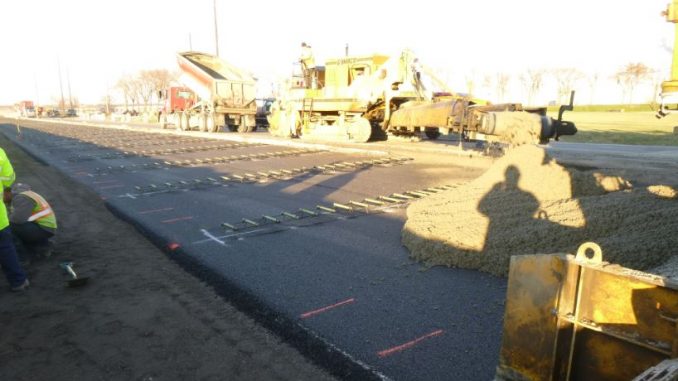
Question: Am I the only guy in the world who is getting tired of every social media & web post having to give you a number of things to do?
–5 Easy Steps to Great Abs
–7 Quick Tips to Being a Better Neighbor
–4 Ways to Read Faster
I’m sure there’s a psychology to it all. I’m sure that by posting “simple tips” in a count-form, it’s supposed to make you think that you can do a quick read, think about my “5 Step Plan to____” for all of 8 seconds and then you’ve mastered it – You’re Now A Expert!!!
It’s getting on my nerves….
Look, if anyone thinks that becoming good at something, anything, is a matter of surfing Pintrest, getting a list of tips and then trying to apply them for a couple of days, you’re smoking dope.
Life is hard. Work is hard. Mastering a craft is hard.
There is no hack. No shortcut. There is just work. Hard work. Methodical, progressive goal-oriented work.
I don’t believe in “5 Easy Steps.” It takes THOUSANDS OF STEPS to master a craft. And engineering is a craft.
You need to be an Action Taker. Apply the knowledge.
One of the often-asked questions I see on some of the engineering Q&A boards I track and contribute to deals with improvement. Young engineers want to know what they can do to accelerate their careers.
Everyone wants to be a Project Manager. Or a company executive. You want my take?
You can achieve whatever you set your mind to & rally your goals around. But you need to master your craft first.
I can’t tell you how many folks I’ve seen try to “accelerate their careers” who possessed a fraction of the knowledge base that it takes to REALLY BE an engineer.
Engineering isn’t a profession that you can fake. You are either solid in your craft or you’re a BS-er. And believe me: Good engineers can see a fake a mile away.
You want a few ideas on how I think you can make yourself & your work better? Are you a designer? A construction engineer? A surveyor? Take these ideas and expand them into your line of work.
Oh, and by the way, there’s no number here – They are ALL good ideas (humbly said, of course….).
Get Outside
Young engineers need to get into the field. They need to get their boots on the ground. Better yet: They need to have boots first, then they need to get them on the ground.
They need to be able to see a job in 3-dimensions.
They need to learn how to trouble-shoot.
They need to recognize the importance of the submittal review process.
They need to feel the tension in a construction progress meeting when a job issue has the entire project team at odds with each other.
They need to understand jobsite logistics and how a jobsite operates spatially.
They need to understand that it’s OK to not get paid for making a trip to a site on a Saturday to look around. Or to visit a site that they’ve done some design work on. Call a Resident and ask if you can visit the site. Talk to your supervising engineer and ask if you can do a tour of duty.
And for PM’s and company executives – It is your responsibility to create the means by which young engineers are exposed to construction work. The value gained by having well-rounded engineers will pay dividends for you, your team and your organization.
Designers Need to Ask Questions of Your Construction Staff.
If you have never seen a construction process, or an installation or operations or work sequence, how can you design for it? Hopefully you have access to construction professionals who you can ask. Engineers LOVE to answer questions.
Pick up the phone and call the guys & gals who make a living in the trenches. If you don’t know how something gets built, ask someone who does.
And while I’m riffing on asking:
Designers Need to Have Construction Staff Reviewing Your Plans
Companies need to make budgetary allotments to get their construction staff involved in the design phases of projects. It’s that simple.
Here’s an observation: I don’t have enough appendages on my body to count the number of times I’ve spoken to a Design Engineer who thinks they know how something is built but has never been involved with actually building something.
Don’t pretend.
Ask. Ask for independent reviews. Ask for a second set of eyes. Let the construction-experienced people in your circle help you make a better plan. We LOVE to help designers. Believe me: I’m not a full-time designer and I don’t pretend to be one, so I ask 10 times as many questions of designers as they ask of me…..
Think About Construction & Contractor Access to the Work Areas
This is fast becoming a BIG issue in construction projects, particularly those involving road work. How does the Contractor access the jobsite?
It might seem like, at the outset, that the answer to that question is a Means & Methods issue for which the Contractor is contractually bound to provide. I would argue that when it comes to site access, it’s not the case.
When we say “Site Access,” we’re talking about the path by which the Contractor will get to the work area. If you’re building a road, you can access the job from either end of the job, right? Simple.
But what happens if you are building a bridge over a river in an area where the Right of Way is tight? What if the bridge cone is really steep – Too steep to be able to get to the bottom of the bridge? Who has the responsibility of providing a reasonable means of getting to the bridge?
Here’s the rub: As the engineer, you need to secure the path of access. Don’t shlep the responsibility off to the Contractor because you will lose the argument.
And let’s be clear – This is not a hard task. You may have to explore securing an easement with an adjacent property owner. Or you might need to provide pay items to construct a haul road, or remove & replace sections of guard rail to access a remote ditch off the roadway.
Be clear. Provide good notes and direction in your Contract Documents so that the Contractor bidding the work understands how you anticipate him to get to the work areas.
Treat Your Electrical Work Like You Treat Drainage
For some reason, the road & bridge industry doesn’t give the electricians a lot of love. I’m sorry, that’s just how it seems to go.
That doesn’t mean that’s how I personally think, but it’s common-place. Just ask a roadway lighting Contractor if I’m right.
You cannot think like that.
The misconception is simple: Conduit is smaller. It can be bent & shaped. It doesn’t require gravity to make things flow in it. It should fit anywhere, right?
Wrong.
Here’s my advice: To be great at your craft, you have to respect electrical elements like you would any other underground utility. Don’t let the Contractor “figure it out in the field” because if he can’t and things don’t fit, he’s likely to want to hand you a bill.
Take the time to build the systems in 3 dimensions. Check that the routings fit with everything around it. Do your handholes & manholes fit with the elements around them? Are your wall-mounted junction boxes located correctly? A little bit of look-ahead always goes a long way.
Trees Grow Up and Down
This one might seem a little off the beaten path, but I know that a light bulb will go on once you read it.
Trees have canopies. Trees have a root system. But information is typically provided on a drawing relative to trees? Answer: Trunk diameter. And that’s usually it.
Remember the spatial requirements of trees, especially as they relate to the elements around them. They are volumetric elements that need to be coordinate with the other work on-site just like you would with any other above-grade or below-grade elements.
Designers will give us tree trimming & root pruning pay items, but depending on the size, work & location of other proposed elements on a project, you have to ask yourself: What is the chance of tree survival if you install ______ (fill in the blank) under this tree? Municipalities and local agencies are much more demanding of how their old growth trees are cared for.
After Actions
“5 Easy Steps.” It’s all so simple. Just follow the recipe.
Nothing is that simple.
Challenge yourself to improve. Find ways to extend your knowledge-base.
Do something every day to add a skill or technique.
Shore-up a knowledge area that you already understand. Repetition is the foundation of training.
Don’t be outworked.
Cheers!!

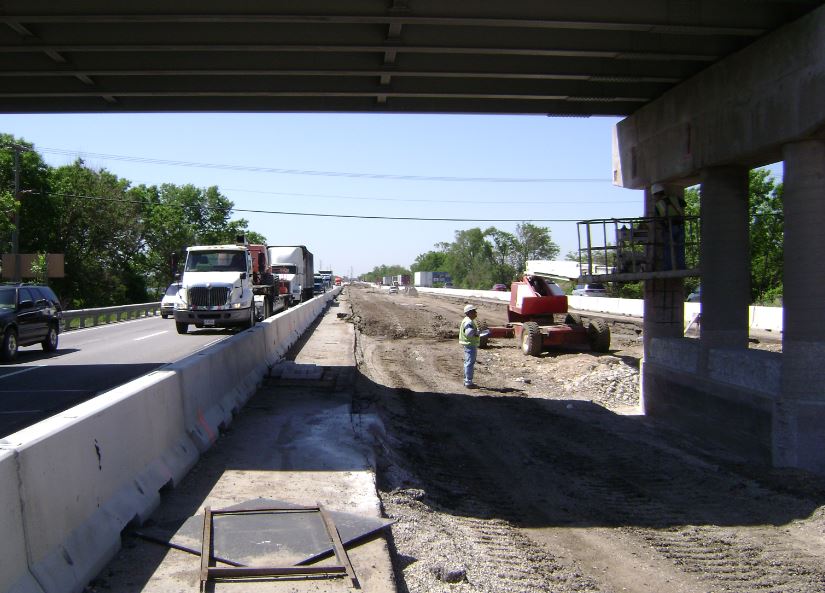
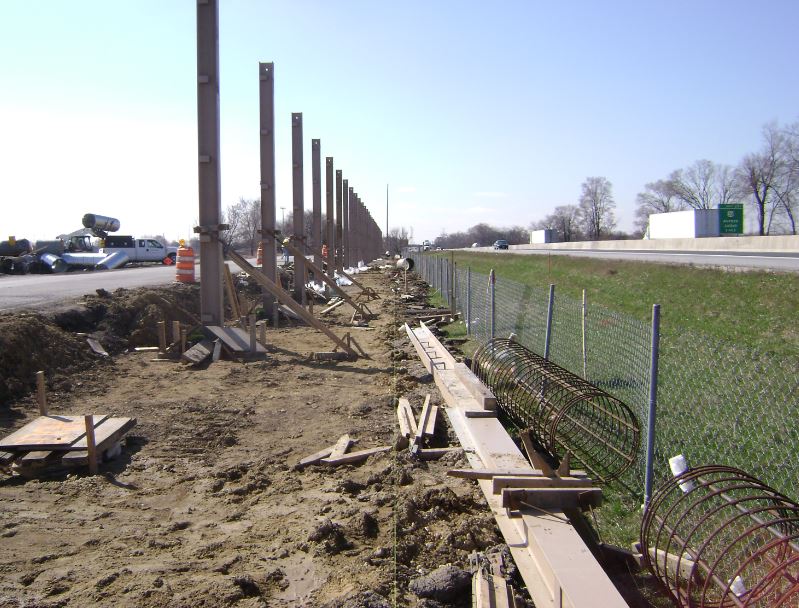
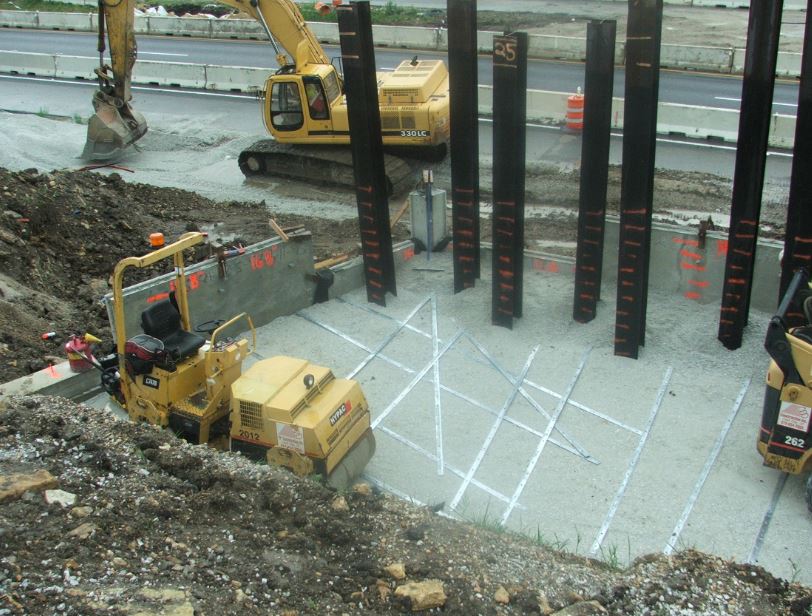
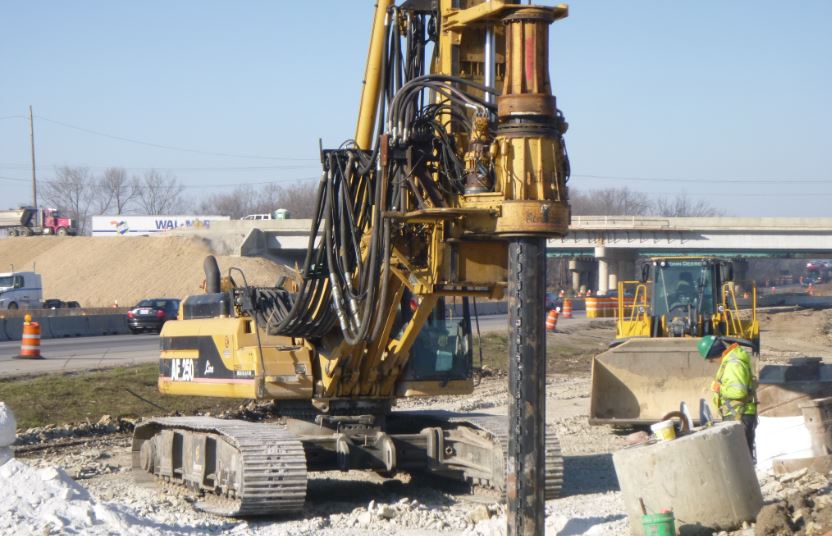
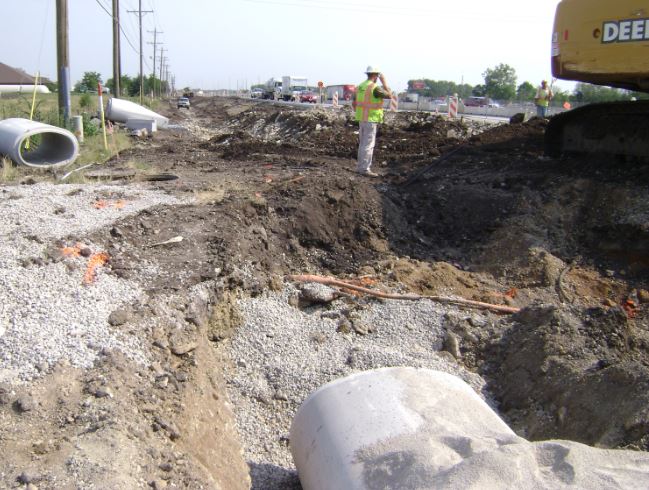
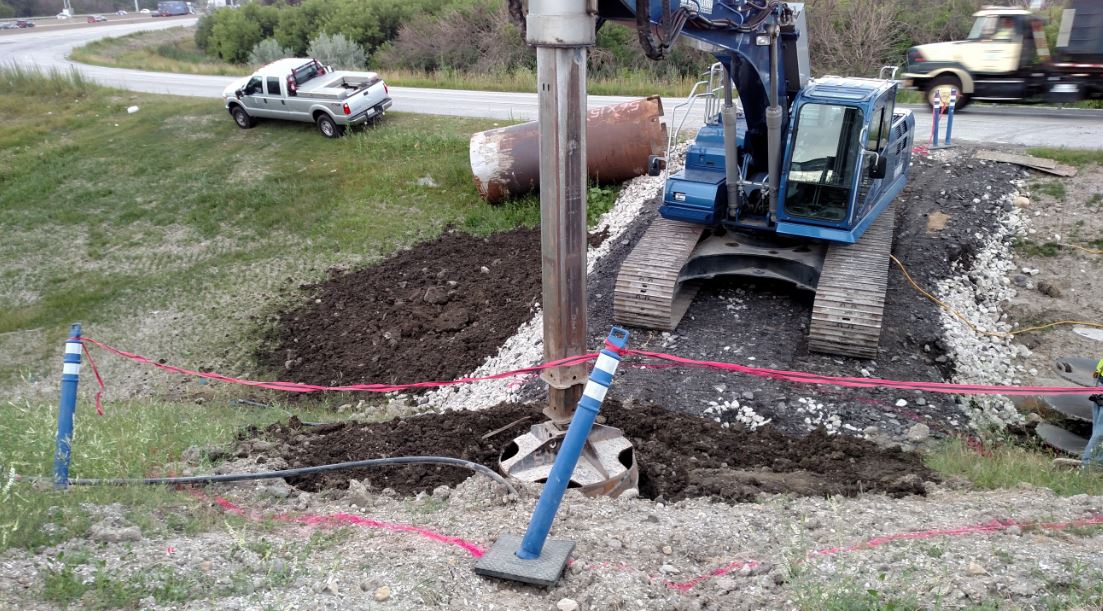

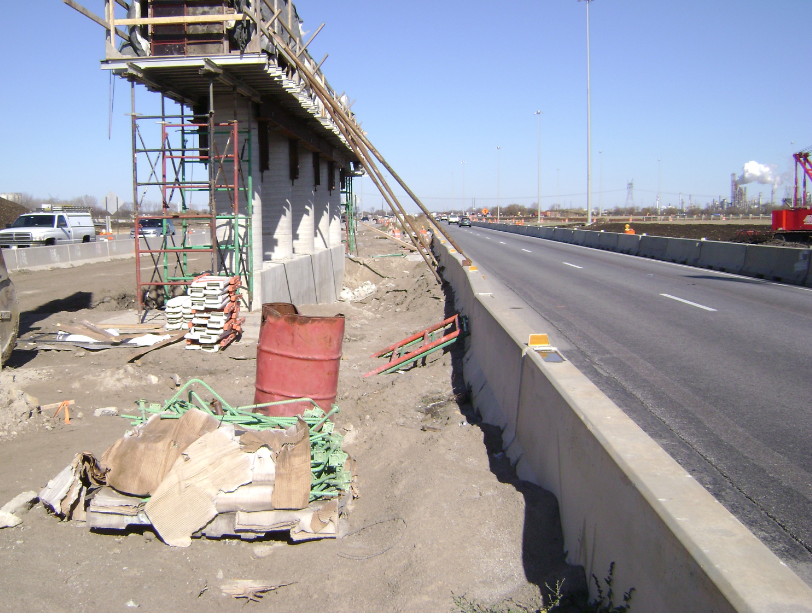
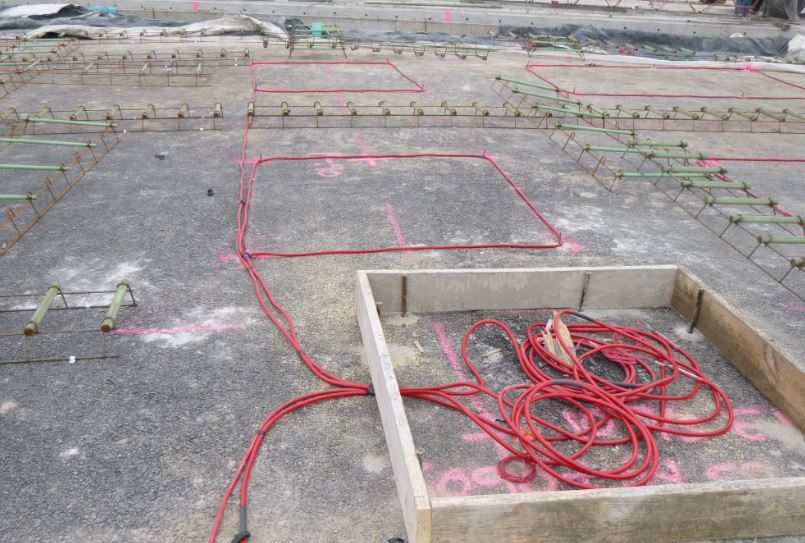
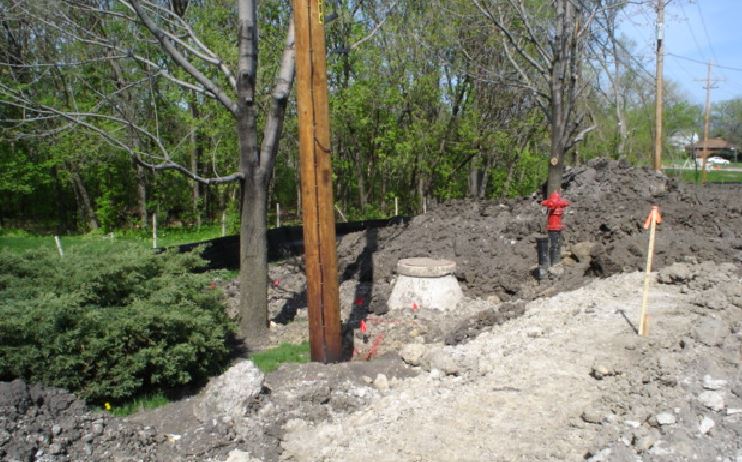
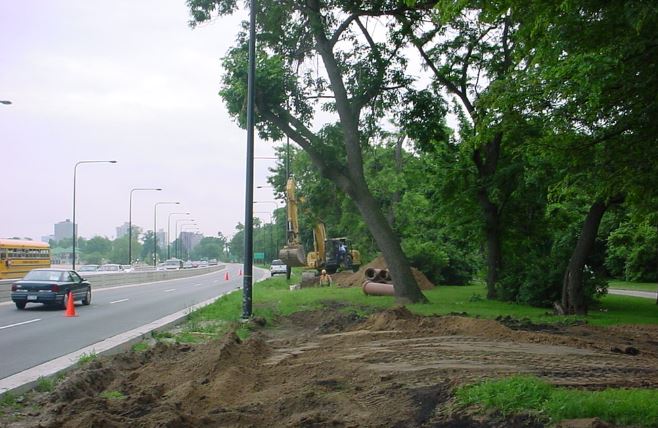
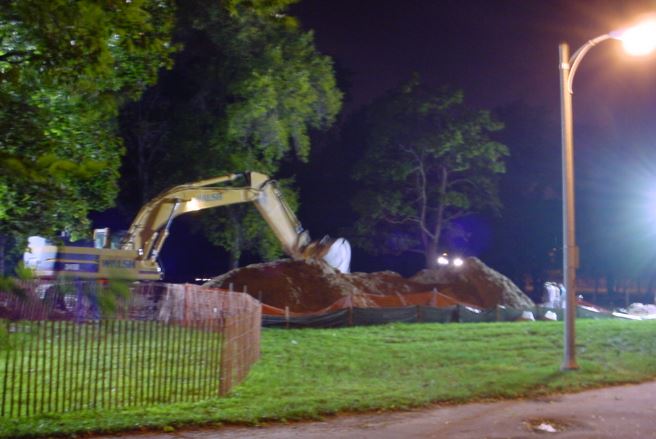

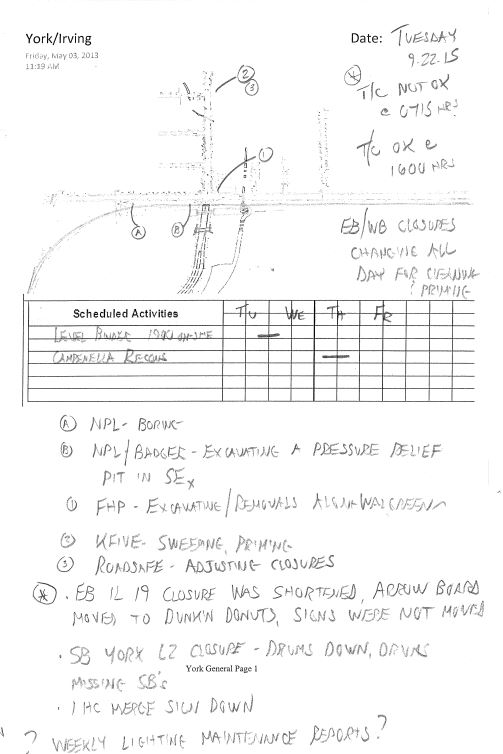
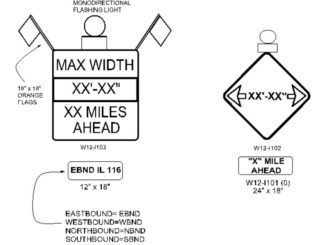
Be the first to comment